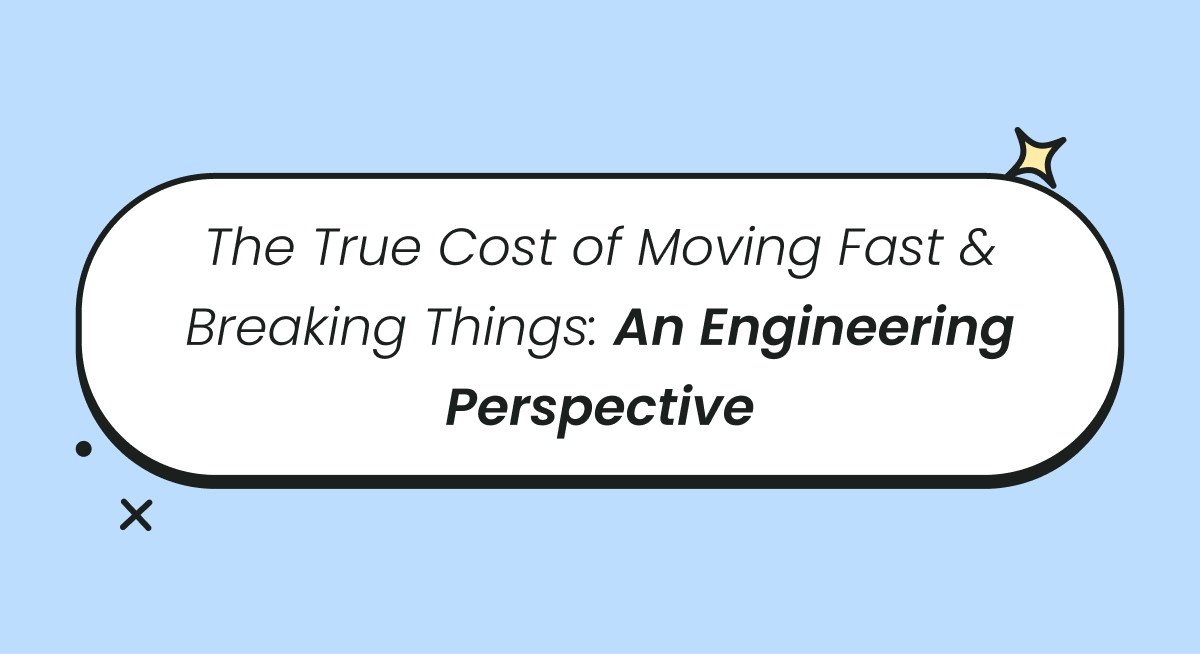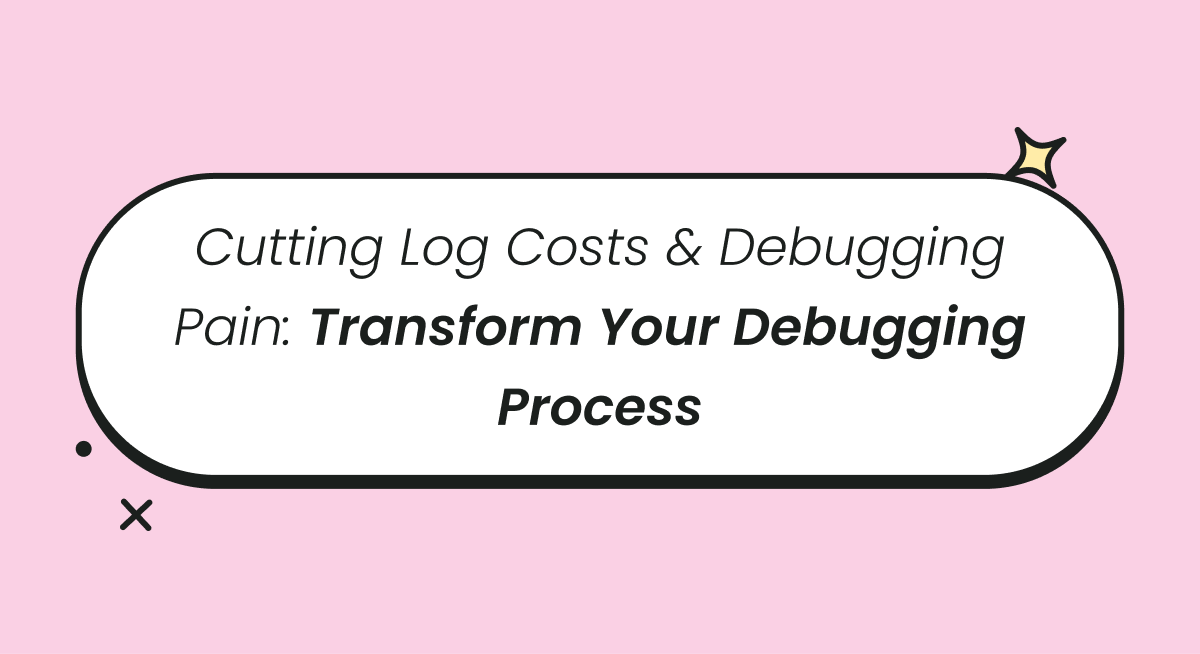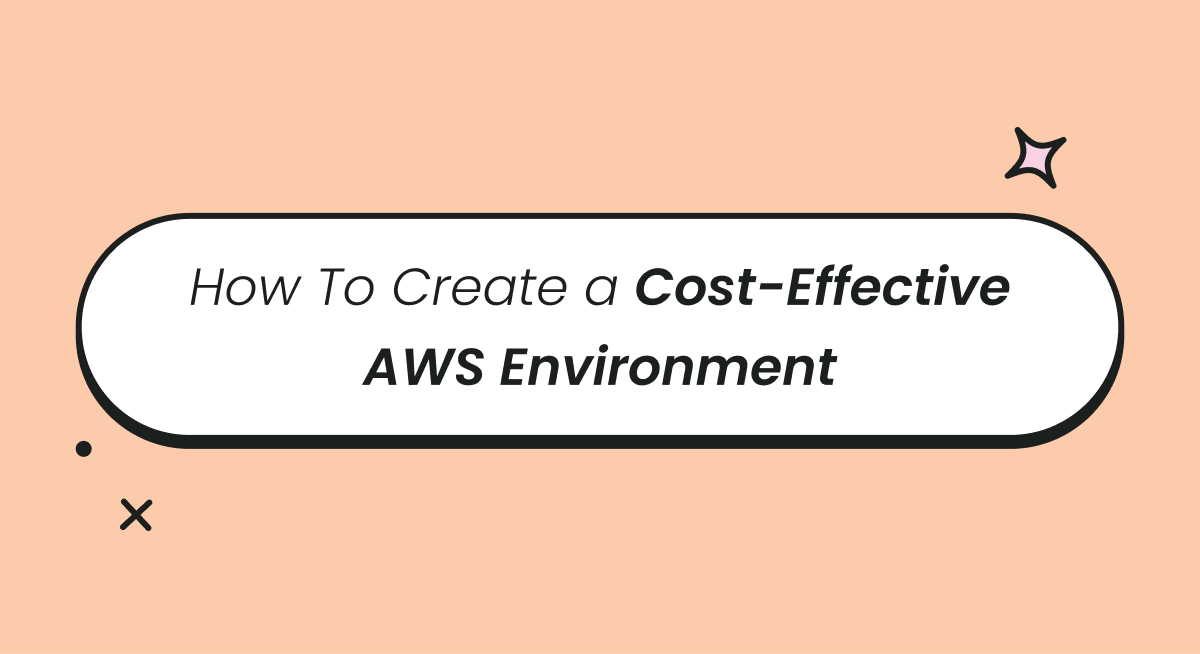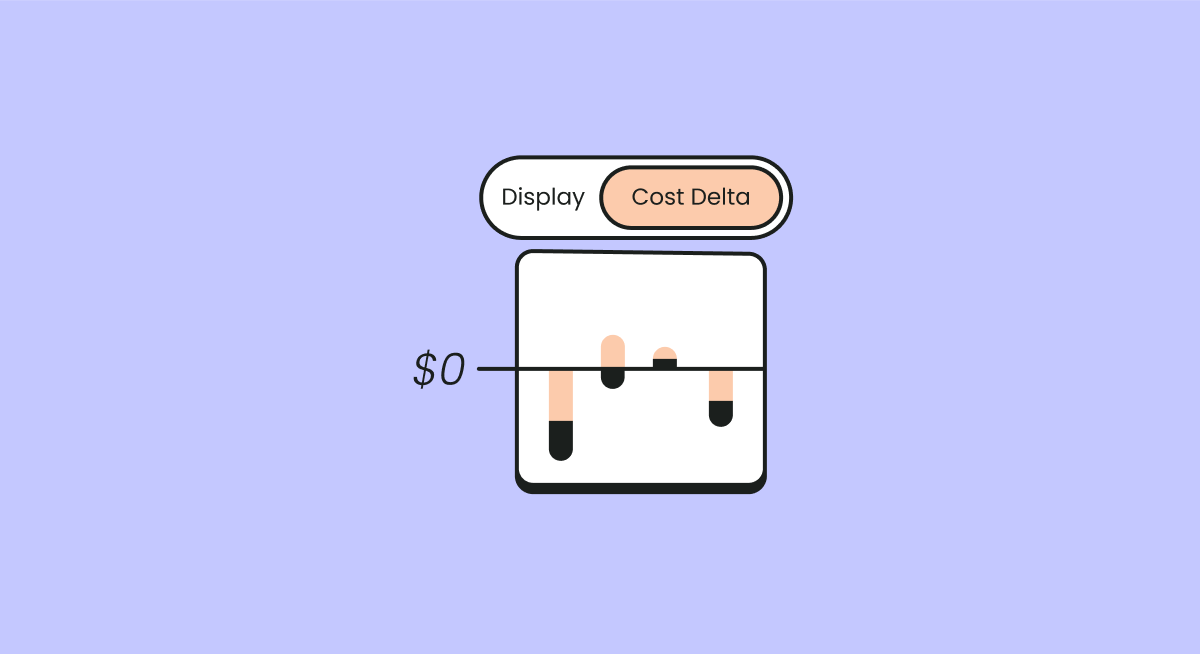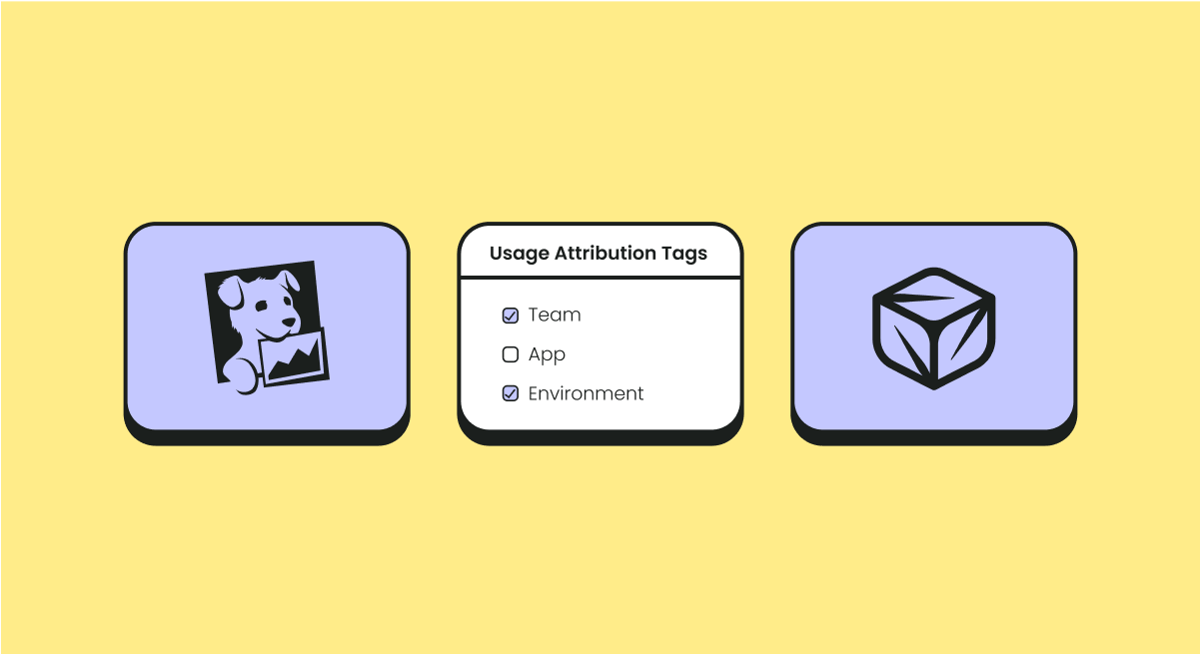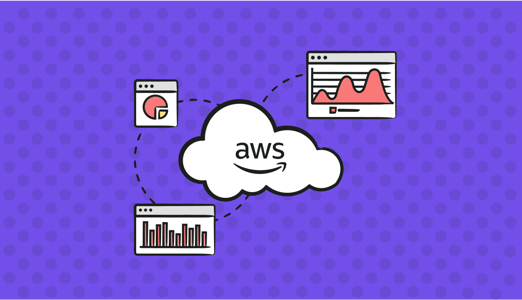
As businesses increasingly rely on cloud services to drive their operations, managing cloud costs has become more important than ever. AWS, one of the leading cloud service providers, offers a variety of cost management tools to help you monitor, control, and optimize your spending. By using these tools effectively, you can achieve significant savings and make sure your resources are used efficiently.
In this blog, we’ll dive into the key AWS cost management tools and services that can help you manage your cloud expenses. We’ll explore how these tools work, the benefits they offer, and best practices for maximizing cost efficiency. This guide will provide you with practical insights to get the most out of your cloud investment.
What Are AWS Cost Management Tools?
AWS Cost Management Tools are a suite of services and features provided by Amazon Web Services (AWS) to help organizations monitor, manage, and optimize their cloud spending. These tools offer insights into resource usage, identify cost-saving opportunities, and ensure that cloud expenses align with the organization's budget and financial goals.
Importance of AWS Cost Management
Effective cost management is crucial for organizations leveraging AWS services to ensure they maximize the value of their cloud investments. Proper cost management helps prevent overspending, improves budget forecasting, and allows organizations to allocate resources more efficiently. It also provides visibility into spending patterns, enabling better decision-making and strategic planning.
AWS Cost Management Tools and Services
- AWS Cost Management Console and the Billing Console
The AWS Cost Management Console is a central hub that provides comprehensive tools for tracking and managing AWS costs. It integrates with the Billing Console, allowing users to view detailed billing information, analyze spending trends, and access various cost management services. - AWS Cost Explorer
AWS Cost Explorer is a powerful tool that enables users to visualize and analyze their AWS costs and usage data. It provides detailed reports and insights, helping organizations understand spending patterns, identify cost drivers, and discover areas for potential savings. Users can create custom reports, set budgets, and forecast future spending. - AWS Budgets
AWS Budgets allows users to set custom cost and usage budgets and monitor their performance against these budgets. It provides alerts when spending exceeds predefined thresholds, enabling organizations to take proactive measures to control costs. Budgets can be set for various parameters, including total costs, specific services, or specific accounts. - AWS Cost Anomaly Detection
AWS Cost Anomaly Detection uses machine learning to identify unusual spending patterns and potential cost anomalies. By automatically detecting spikes or drops in usage, this service helps organizations quickly respond to unexpected changes and mitigate potential overspending. - Rightsizing Recommendations
Rightsizing Recommendations analyze an organization's resource usage and provide suggestions for optimizing resource allocation. By identifying underutilized or over-provisioned resources, this tool helps organizations adjust their infrastructure to better match their needs, reducing costs without compromising performance. - AWS Cost & Usage Report
The AWS Cost & Usage Report offers detailed insights into an organization's AWS usage and associated costs. It provides granular data that can be customized and exported for deeper analysis. This report is essential for understanding the finer details of cloud spending and identifying specific areas for optimization.
Best Practices for Managing AWS Cost
- Rightsize your services
Right-sizing involves adjusting the size of your AWS resources to match your actual usage needs. By regularly reviewing and resizing your instances, databases, and other services, you can avoid paying for excess capacity and reduce overall costs. - Use Reserved Instances or Savings Plans
Reserved Instances and Savings Plans offer significant cost savings compared to on-demand pricing. By committing to a specific amount of usage over a one- or three-year term, organizations can benefit from lower rates and predictable costs. - Leverage Spot Instances
Spot Instances allow you to bid on unused AWS capacity at a lower price than on-demand instances. They are ideal for flexible, stateless, or fault-tolerant applications and can provide substantial savings for workloads that can tolerate interruptions. - Implement tagging and resource grouping
Implementing a robust tagging strategy enables better tracking and management of AWS resources. Tags help categorize resources by department, project, or environment, making it easier to allocate costs accurately and identify areas for optimization. Resource grouping further enhances visibility and control over resource utilization. - Clean up unused resources
Regularly auditing and cleaning up unused or underutilized resources can prevent unnecessary costs. Identifying and terminating idle instances, unattached EBS volumes, and outdated snapshots ensures that you only pay for what you actually use.
Conclusion
Mastering AWS cost management requires a combination of the right tools, services, and best practices. By leveraging AWS's comprehensive suite of cost management solutions and implementing effective strategies, organizations can optimize their cloud spending, enhance financial control, and maximize the value of their AWS investments. Start by exploring the AWS Cost Management Console, set budgets with AWS Budgets, detect anomalies with AWS Cost Anomaly Detection, and follow best practices to keep your AWS costs in check.

